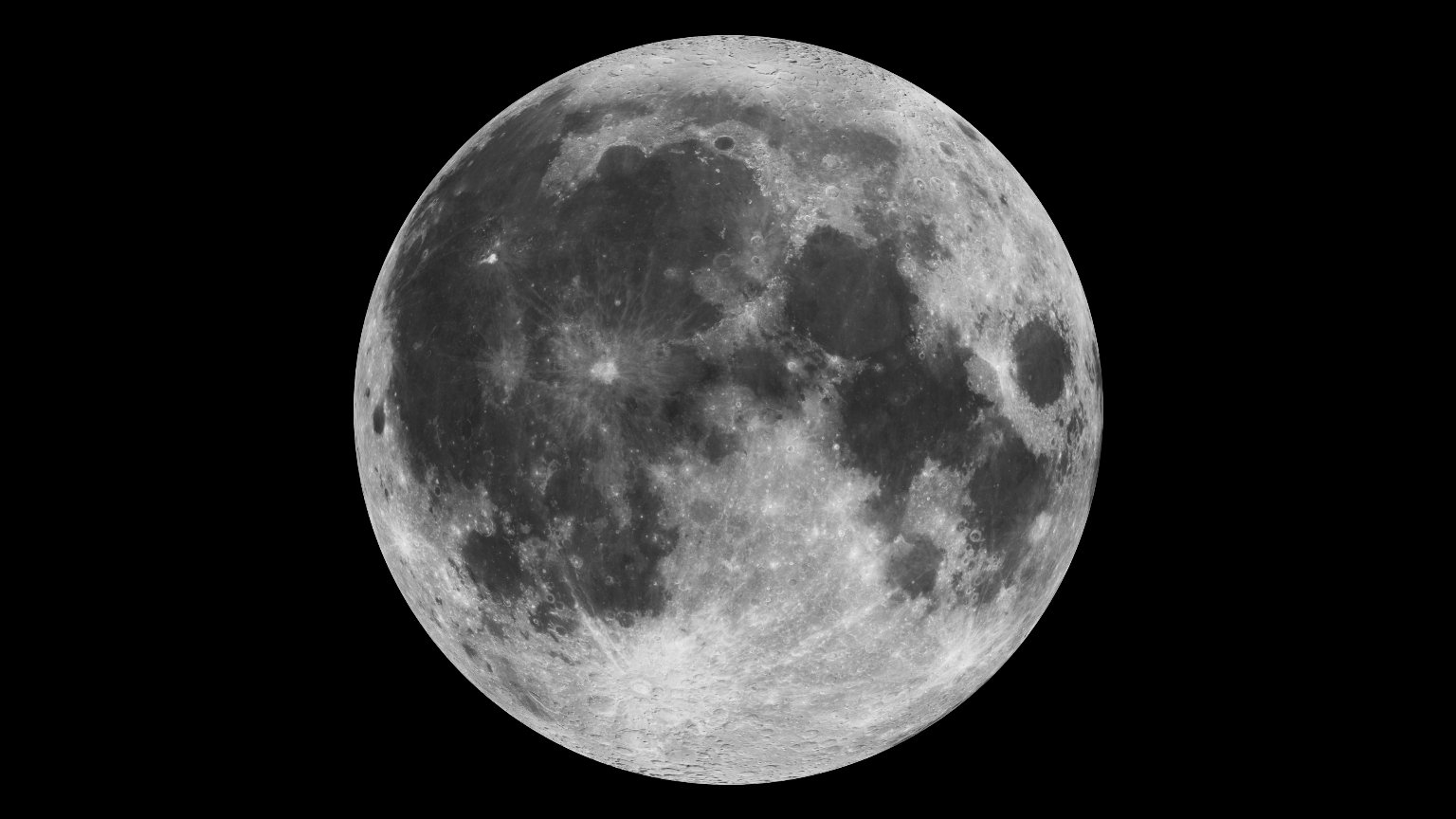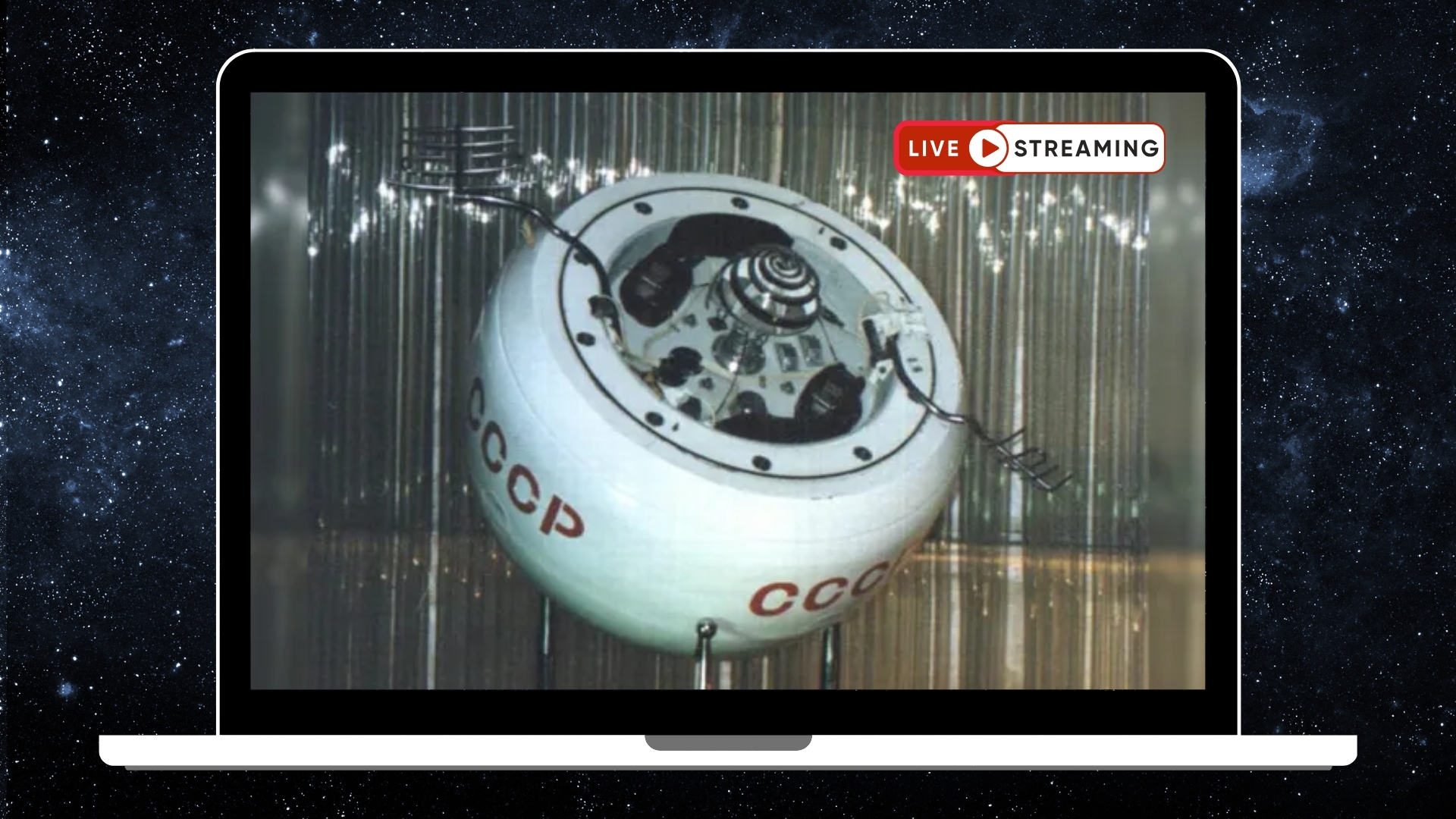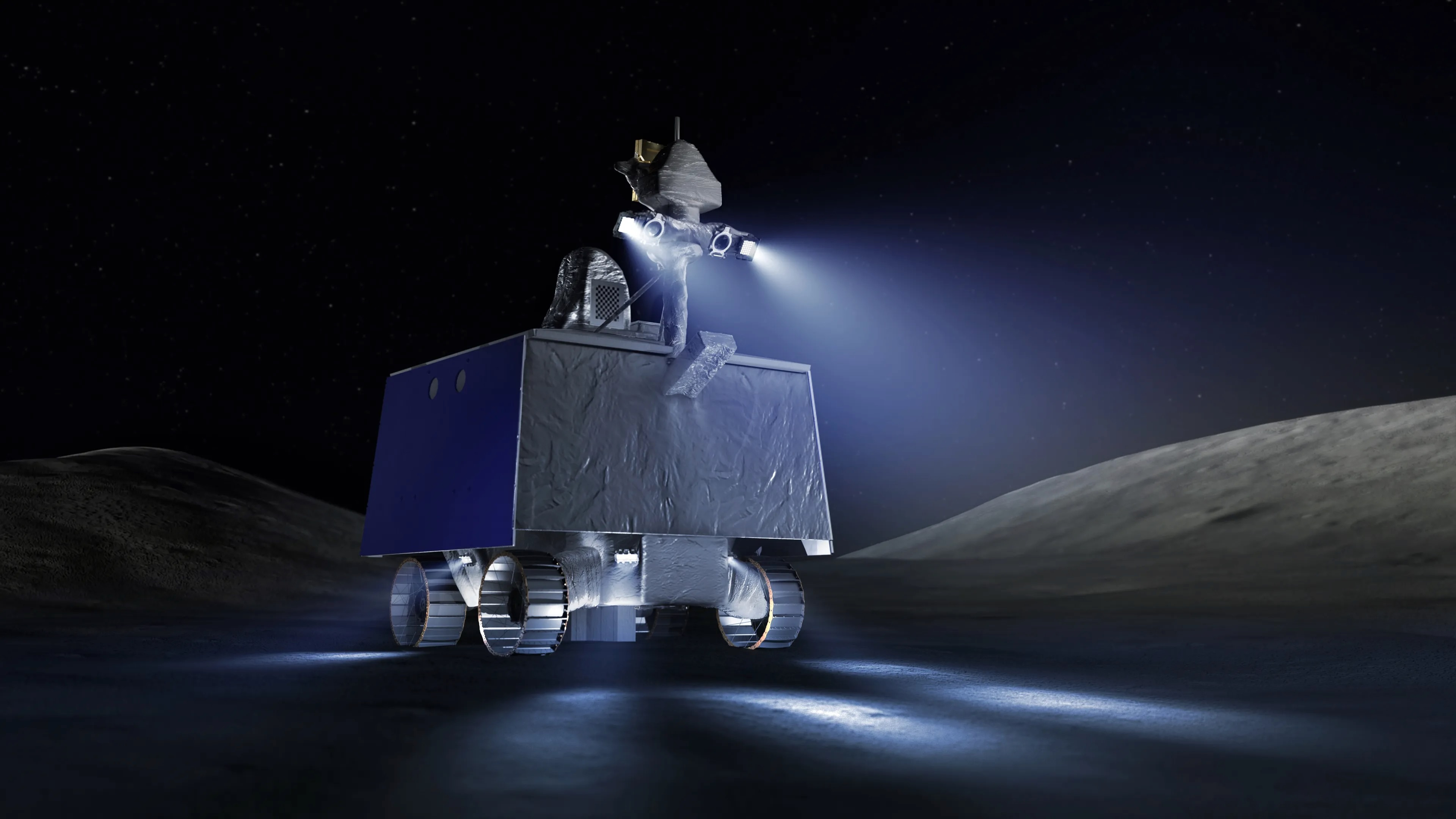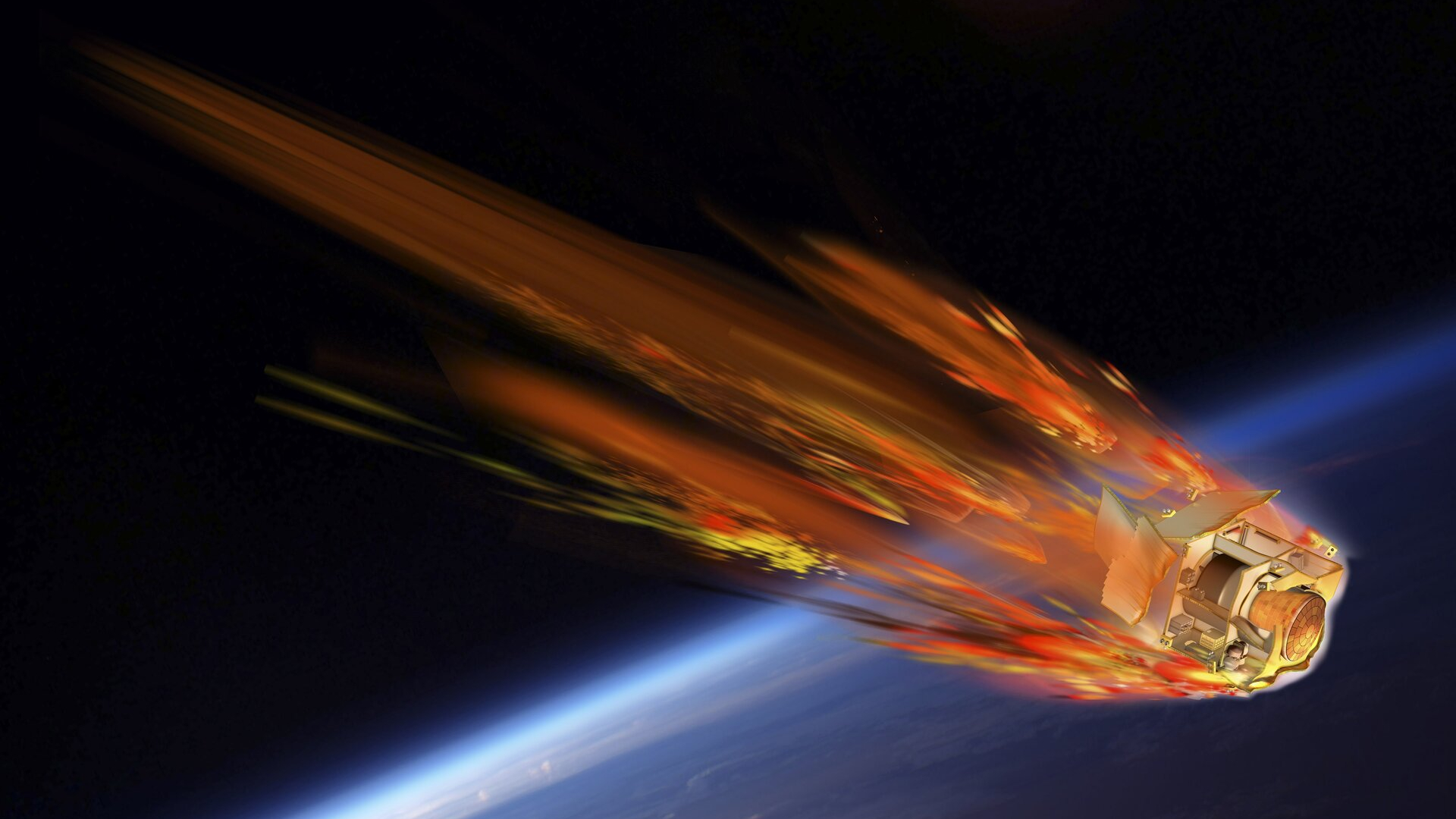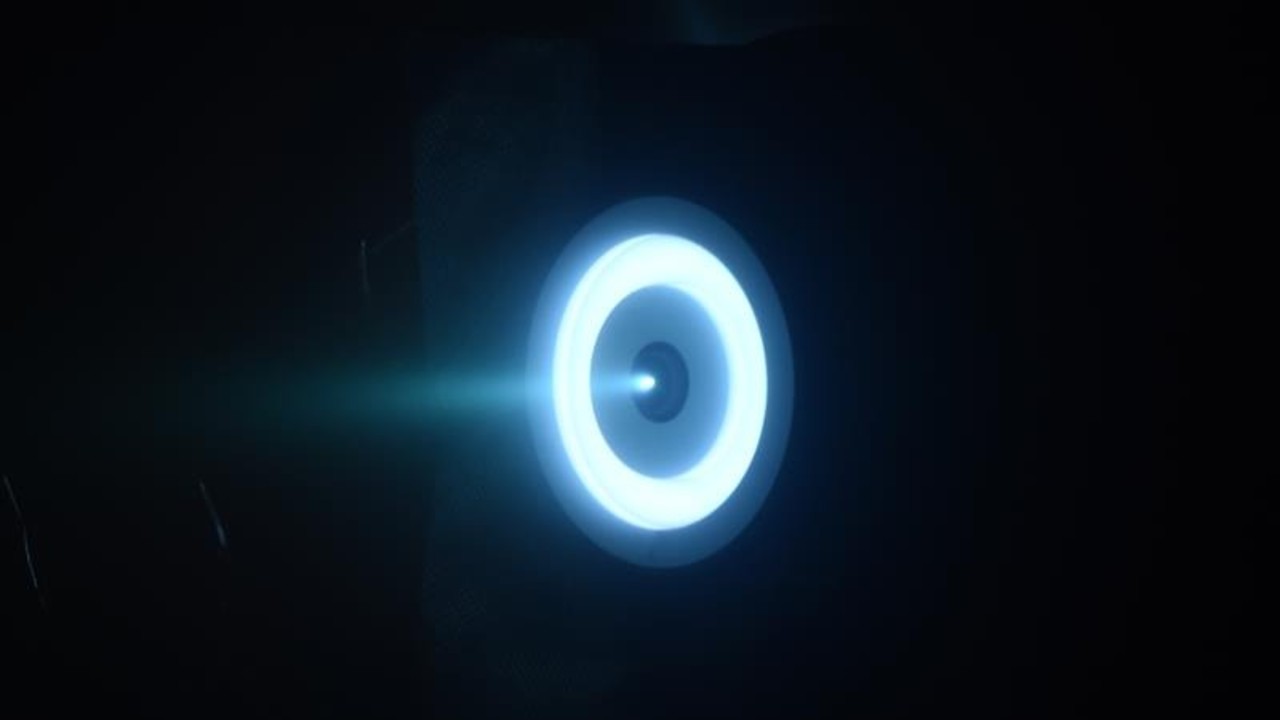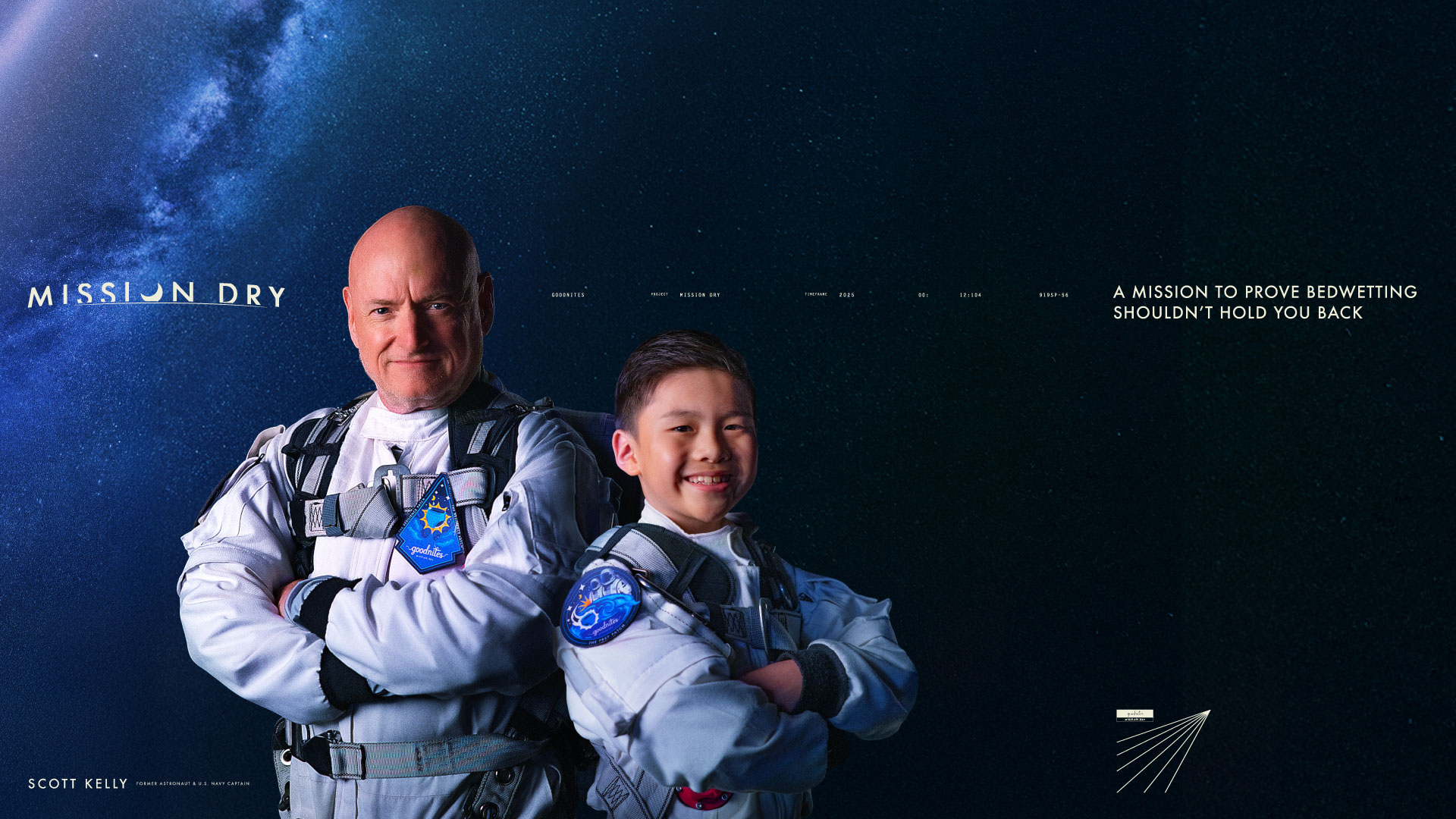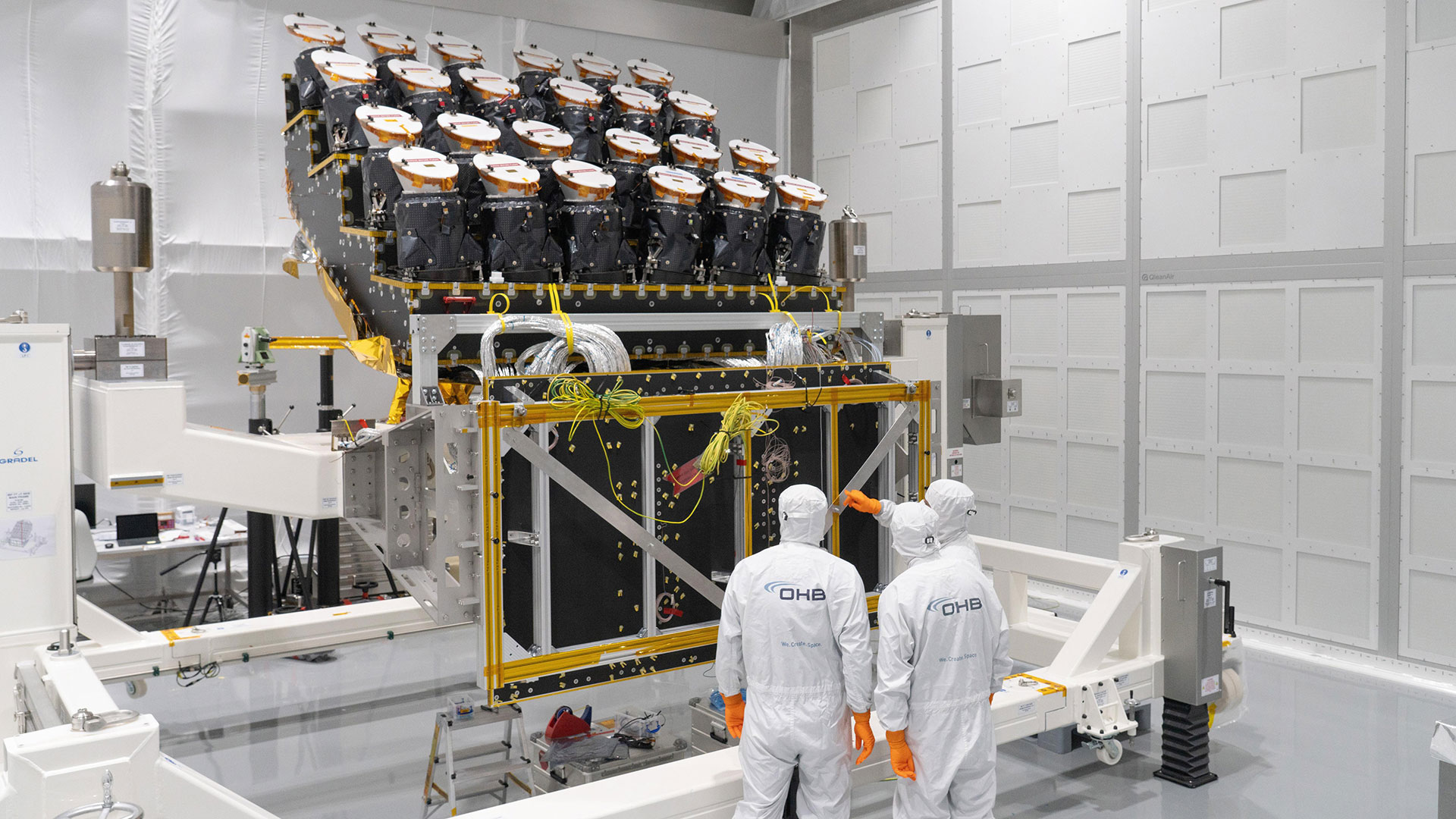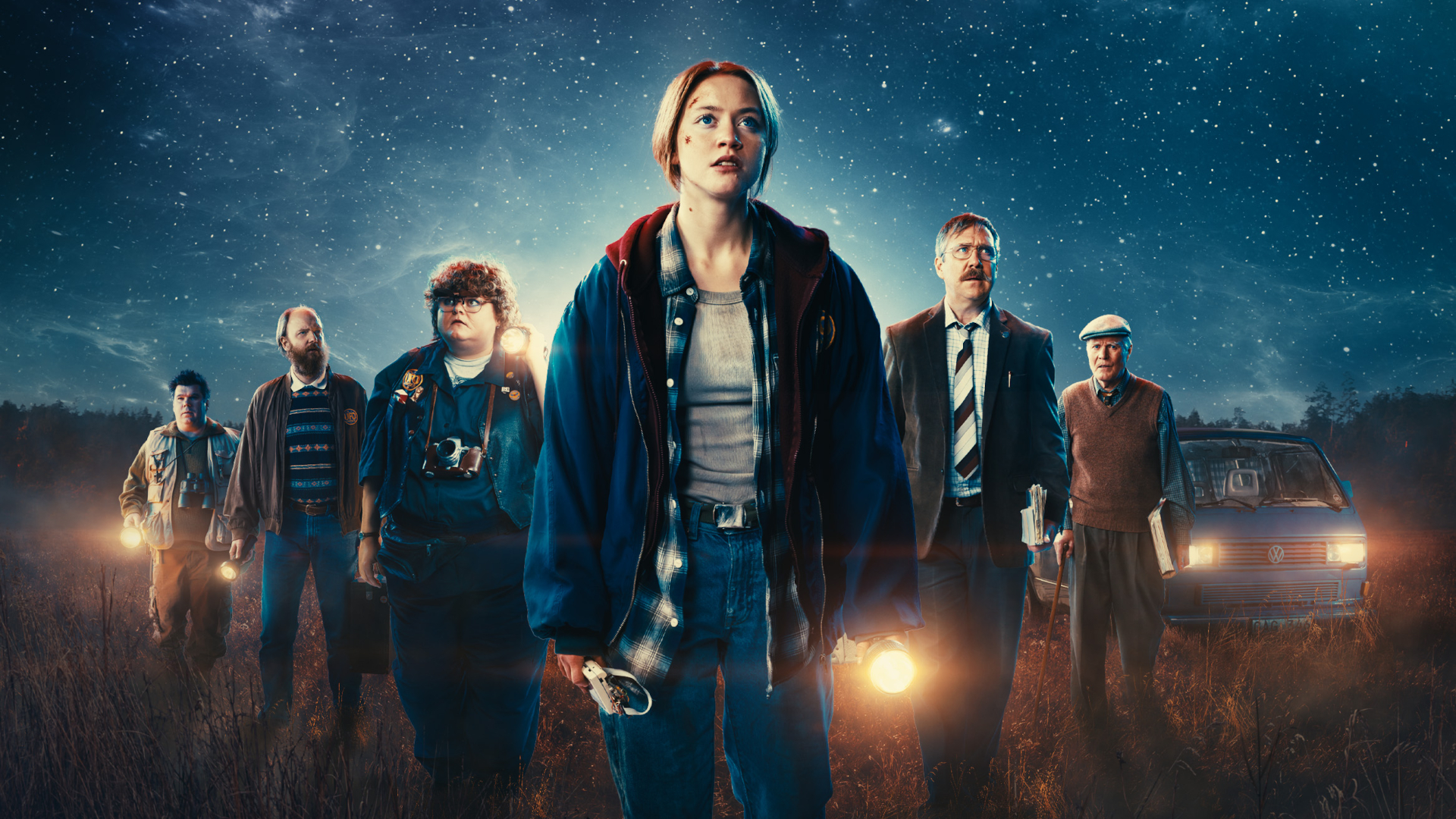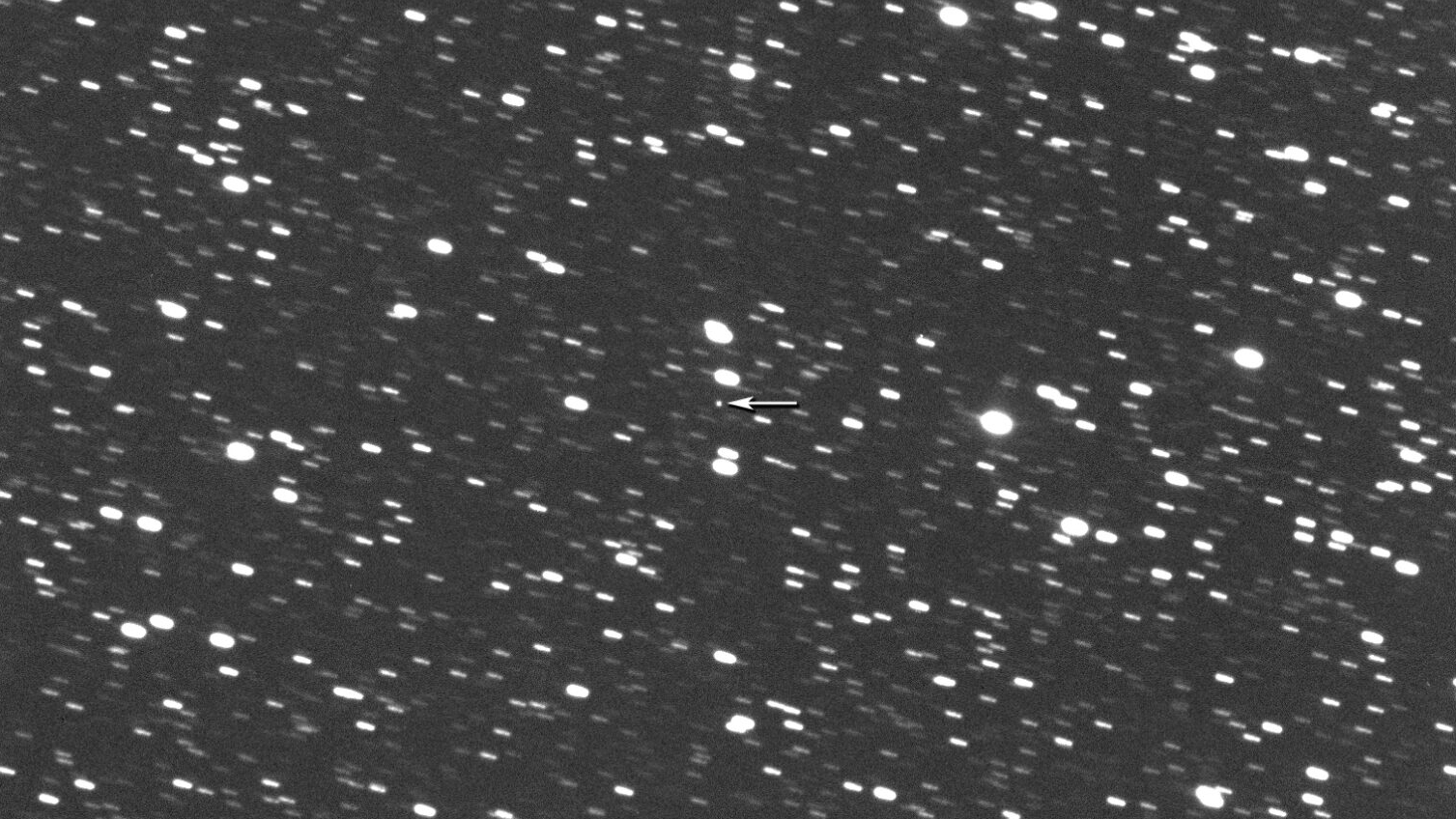NASA Astronaut to Highlight Space Station History from Orbit
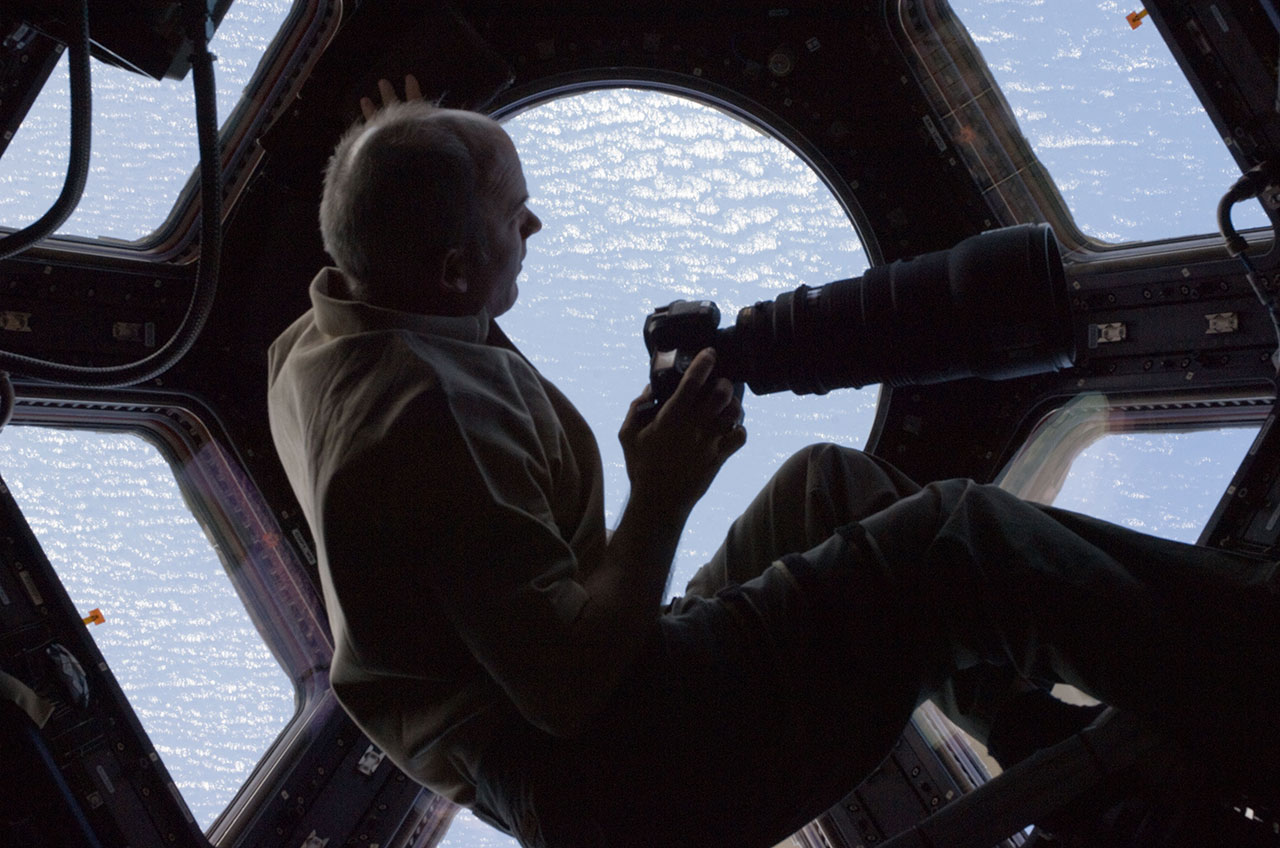
HOUSTON — NASA's next astronaut to launch to the International Space Station will use his unique position — in both time and space — to share the history of the orbiting outpost.
Jeff Williams, in March, will become the first American to spend three long-duration expeditions aboard the space station and will set a new U.S. record for cumulative time off the Earth. The astronaut will dedicate part of his upcoming six-month expedition to highlighting how the orbital complex came to be what it is today.
"It occurred to me a few months ago that I have gotten the unique opportunity to have gone in the early days, before Expedition 1, to the space station for the first time and then to be there again, about halfway through assembly with a crew of two, and then back with a crew of three, and then later with a crew of six," Williams said in an interview after a briefing at NASA's Johnson Space Center in Houston on Thursday (Jan. 7). "So my career covers the history of the space station." [Inside the Space Station: Take the Video Tour]
Williams, whose first trip to the outpost was aboard space shuttle Atlantis in May 2000, six months before the space station's first expedition crew arrived, is now set to join the Expedition 47/48 more than 15 years later. He will launch with cosmonauts Alexey Ovchinin and Oleg Skripochka of Roscosmos on Russia's Soyuz TMA-20M spacecraft from the Baikonur Cosmodrome in Kazakhstan on March 18.
Once aboard the orbital laboratory, Williams, Ovchinin and Skripochka will join Russian cosmonaut Yuri Malenchenko, U.S. astronaut Tim Kopra and British astronaut Tim Peake with the European Space Agency (ESA), who all launched in December. Later, after those three depart in June, Williams will command the Expedition 48 crew, including Ovchinin and Skripochka, as well as Roscosmos cosmonaut Anatoli Ivanishin, NASA astronaut Kate Rubins and Takuya Onishi with the Japan Aerospace Exploration Agency (JAXA).
"I'm really looking forward to flying with this crew," Williams said. "I think if you add it up, I've been on orbit with about 45 different people, and this will add at least five more."
During their stay, the Expedition 47/48 crewmembers will facilitate about 250 research investigations and technology demos, as well as oversee the re-supply of the station with the arrivals and departures of American and Russian cargo vehicles. The crew is also expected to be aboard when a prototype habitat, the Bigelow Expandable Activity Module (BEAM), is inflated and when the first international docking adapter is installed. This adapter will enable future U.S. commercial crew spacecraft to visit the station.
Get the Space.com Newsletter
Breaking space news, the latest updates on rocket launches, skywatching events and more!
Amidst that work, Williams intends to devote some of his time and outreach activities to taking a look back at what the station has accomplished and where that might lead as future missions embark outward into the solar system.
"If you go and survey the workforce right now and survey those in the general public who are following what we do, as is always the case, in the minds of many of them they don't have the awareness of how we got to where we are today," Williams said. "So, given my personal history going back ... I thought it would be a good opportunity to rehearse some of the significant milestones and the depth of history behind getting the space station built."
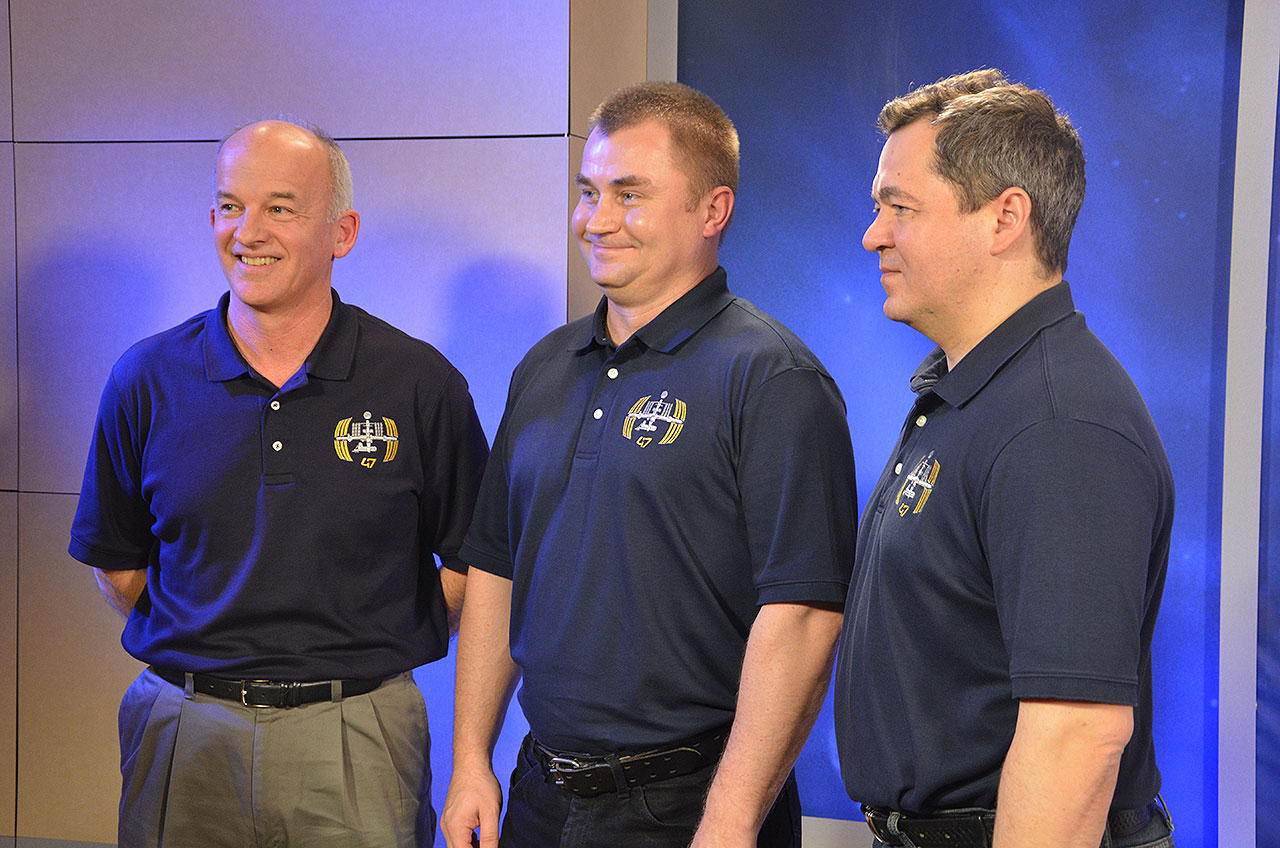
Williams, whose father was a high school history teacher, said he hopes to remind the world of the significance of the history behind his soon-to-be home off the Earth.
"To me, it is fair to argue that the greatest achievement of the space station program is the space station itself, and that's what I want to try, in some way, to maybe enrich the awareness of the public [about]," he said. "Not so much because of the history, but because of what that history enables us to do in the future."
Follow collectSPACE.com on Facebook and on Twitter at @collectSPACE. Copyright 2015 collectSPACE.com. All rights reserved.
Join our Space Forums to keep talking space on the latest missions, night sky and more! And if you have a news tip, correction or comment, let us know at: community@space.com.

Robert Pearlman is a space historian, journalist and the founder and editor of collectSPACE.com, a daily news publication and community devoted to space history with a particular focus on how and where space exploration intersects with pop culture. Pearlman is also a contributing writer for Space.com and co-author of "Space Stations: The Art, Science, and Reality of Working in Space” published by Smithsonian Books in 2018.In 2009, he was inducted into the U.S. Space Camp Hall of Fame in Huntsville, Alabama. In 2021, he was honored by the American Astronautical Society with the Ordway Award for Sustained Excellence in Spaceflight History. In 2023, the National Space Club Florida Committee recognized Pearlman with the Kolcum News and Communications Award for excellence in telling the space story along the Space Coast and throughout the world.

